How to Make Authentic Chinese Dumplings from Scratch: A Step-by-Step Guide
Chinese dumplings, or "jiaozi," are a beloved dish that has been enjoyed for centuries in China. They are often made during special occasions, such as Chinese New Year, but can be enjoyed year-round as a comfort food. I remember the first time I made dumplings from scratch. It was a rainy Sunday afternoon, and I was craving something warm and homemade. I decided to take on the challenge of making Chinese dumplings from scratch. The process was surprisingly simple, but the result was incredibly rewarding. Whether you're a novice in the kitchen or a seasoned cook, this guide will walk you through how to make Chinese dumplings from scratch, step by step.
1. Gather Your Ingredients
The first step in making Chinese dumplings from scratch is to gather all the ingredients you'll need. For the dough, you will require basic ingredients that you likely already have in your kitchen. For the filling, you can customize it based on your preferences, but a traditional filling consists of ground pork, cabbage, ginger, and garlic. Here’s a quick breakdown of the ingredients you'll need:
- For the dough:
- 2 cups all-purpose flour
- ¾ cup water (adjust depending on the texture)
- Pinch of salt
- For the filling:
- 1 lb ground pork (or chicken, beef, or tofu for a vegetarian version)
- 1 cup finely chopped napa cabbage
- 2 cloves garlic, minced
- 1 tablespoon fresh ginger, grated
- 2 tablespoons soy sauce
- 1 tablespoon sesame oil
- 1 teaspoon rice vinegar
- Salt and pepper to taste
2. Make the Dumpling Dough
Making the dumpling dough is easier than it sounds. Start by placing the flour in a large bowl and slowly adding water while stirring with chopsticks or a fork. When the mixture begins to form a dough, use your hands to knead it into a smooth ball. If the dough is too sticky, add a little more flour; if it's too dry, add a bit more water. Once you’ve achieved a soft and elastic dough, cover it with a damp cloth and let it rest for at least 30 minutes. Resting the dough allows the gluten to relax, making it easier to roll out later.
3. Prepare the Dumpling Filling
While the dough is resting, it's time to prepare the filling. In a large bowl, combine the ground pork, chopped napa cabbage, garlic, ginger, soy sauce, sesame oil, rice vinegar, salt, and pepper. Use your hands or a spoon to mix everything together thoroughly. The mixture should be moist, but not too wet. If it seems too dry, you can add a small amount of water or more soy sauce. Once the filling is well mixed, set it aside.
4. Roll Out the Dumpling Wrappers
After your dough has rested, it's time to roll it out. Start by dividing the dough into small portions, about the size of a walnut. Roll each portion into a ball and then flatten it with your hands. Use a rolling pin to roll each piece of dough into a thin, round wrapper. The wrappers should be about 3-4 inches in diameter. It’s important to keep the dough covered with a damp cloth to prevent it from drying out as you work.
5. Assemble the Dumplings
Now that you have your wrappers and filling ready, it's time to assemble the dumplings. Take one wrapper and place a small spoonful of filling in the center. Be careful not to overfill, as it can make folding the dumpling more difficult. To seal the dumpling, fold the wrapper in half over the filling, creating a half-moon shape. Pinch the edges together tightly to ensure that the dumpling is sealed well. You can also create pleats along the edge of the dumpling for a more traditional look. Continue this process until all the dumplings are assembled.
6. Cook the Dumplings
There are a few different ways to cook your dumplings. One of the most popular methods is to pan-fry them, which gives the dumplings a crispy bottom while keeping the top soft and steamed. To do this, heat a little oil in a non-stick skillet over medium heat. Arrange the dumplings in the skillet, making sure they are not touching each other. Let them cook for 2-3 minutes until the bottoms are golden brown, then add a small amount of water (about ¼ cup), cover the skillet, and steam the dumplings for 5-7 minutes. The dumplings are done when the water has evaporated, and the dumplings are cooked through.
7. Serve and Enjoy
Once your dumplings are cooked, serve them with a dipping sauce made from soy sauce, rice vinegar, and a dash of sesame oil. You can also add chili flakes if you like a bit of spice. The moment you take that first bite and feel the tender filling burst in your mouth, you’ll understand why dumplings are such a beloved dish in Chinese cuisine. It’s a comforting, savory experience that’s perfect for any occasion.
Bonus Tips for Perfect Dumplings
If you want to take your dumpling-making skills to the next level, here are a few tips:
- For extra flavor, try adding finely chopped green onions or shiitake mushrooms to the filling.
- If you're making dumplings in bulk, freeze the uncooked dumplings on a baking sheet and transfer them to a freezer bag once they are frozen solid. They can be cooked straight from the freezer, just add a few extra minutes to the cooking time.
- Experiment with different fillings, such as shrimp, beef, or vegetables, to create your perfect dumpling.
Making Chinese dumplings from scratch is a rewarding experience that brings a taste of homemade authenticity to your kitchen. With a little practice, you can create dumplings that are just as delicious as those from a traditional Chinese restaurant. Happy cooking!


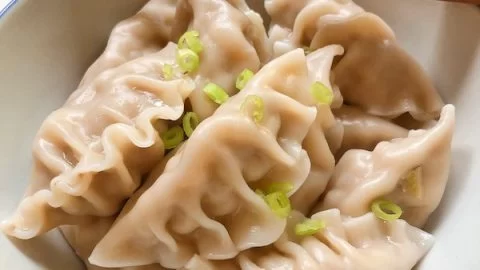
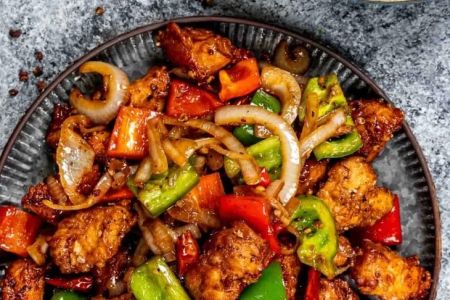
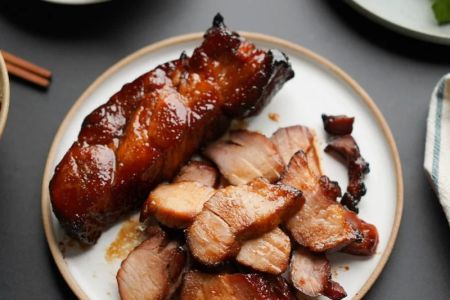
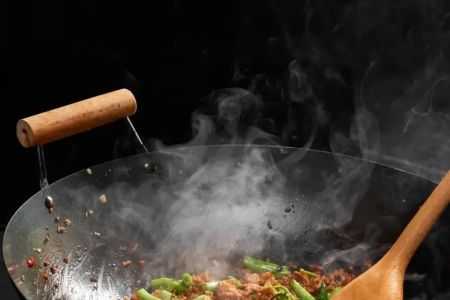
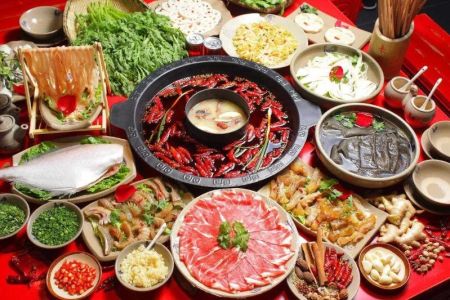
![Top Chinese Restaurants for Authentic Cantonese Cuisine in [Your City]](https://img.gochinarose.com/d33/2507/4157910400_450x300.webp)
